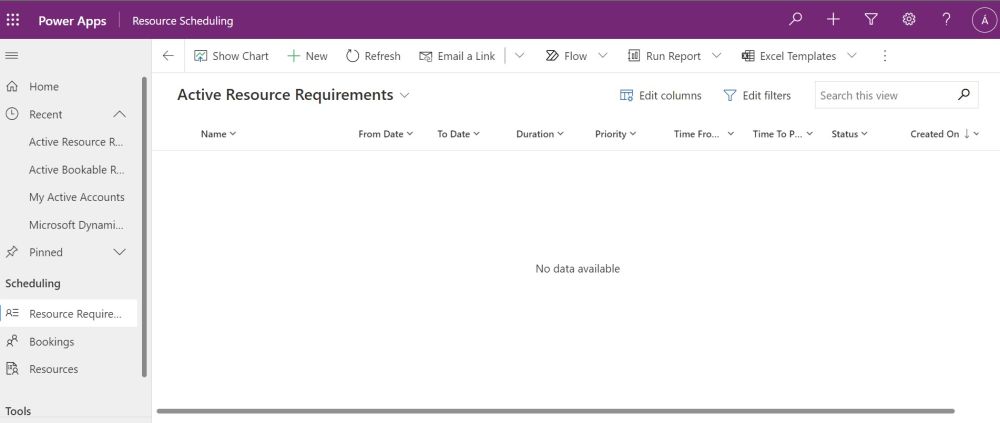Microsoft PowerApps – Model-Driven Apps - Overview
Build applications fast, with fewer resources
More and more companies understand the importance of data to both delivering operational excellence and meeting longer-term challenges, such as improving customer experience, or digital transformation. Many have started their journey to create data-driven businesses. McKinsey considers that by 2025 most companies will be using data to optimize their operations and empower decision-making. In this journey, managing multiple data sources, and handling data appropriately represents a major challenge.
Microsoft Power Platform
The Microsoft Power Platform reduces your development costs and does more with less by enabling you to rapidly build and share low-code apps. It’s not only suitable for enterprise and customer data management, but it also provides an integrated solution to day-to-day business challenges. The Power Platform includes:
● PowerBI: A data visualization tool that enables data to be presented in unique, easy-to-understand, visually impressive reports.
● PowerAutomate: An efficiency enhancement tool that makes it easy to automate business processes in the form of smart workflows.
● Power Virtual Agents: A no-code chatbot platform by that online customer communication can be automated and accelerated at the same time
● PowerApps: A no-code application building platform, where creating customized professional applications that meet unique needs is a walk in the park
PowerApps users can basically choose between the creation of canvas-driven apps and model-driven (model-based) apps. In this article, we will take a closer look at model-driven applications.

What are model-driven applications?
The purpose of model-based applications is to enable business users to map complex, data-focused business processes within the application. The focus isn't on the user interface but rather on the business logic running in the background.
Examples of such applications include a CRM (Customer Relationship Management System), HRIS (Human Resources Information System), inventory management applications, or even a digitalized solution for the company's entitlement management or onboarding process.
When are model-driven apps the most appropriate?
When all the data used by the application is available in the Microsoft Dataverse database;
When the complexity of the business logic and data driving the application is quite high;
When a fully responsive appearance is important.
What are the advantages of model-driven applications?
A fully responsive, easy-to-assemble design;
A data-driven functionality, as the application automatically filters for possible duplication of data;
Complex backend capabilities.
Which is a better solution: canvas apps or model-driven apps?
Frankly spoken, it depends entirely on the purpose of the application. In general, canvas-driven applications are a good choice for solving task and role-specific problems, while model-driven applications can work better when developing end-to-end solutions. The two types of apps complement each other perfectly, thus ensuring that PowerApps can effectively support the operation of companies in every aspect.
In summary, canvas apps are more suited for simple and quick app creation, while model-driven apps are better for complex business processes and enterprise-level applications.
If you want to learn more about PowerApps Canvas-based Applications, you can also read our article "Overview of Canvas-Based Applications"!

As Microsoft Solutions Partners we are committed to excellence in Microsoft technologies and maximizing the benefits clients receive by expertly implementing their solutions.
We continuously develop the expertise of our staff and strive for total client satisfaction. As a recognized leader within the partner community, we have the capabilities to provide consultative expertise, implement and deploy Microsoft solutions to the best-in-class standards, offer Microsoft-based IT services and products, and provide continuous customer support while staying ahead of the latest updates and news.
We also offer innovative training tools and programs to ensure our clients are fully equipped to utilize Microsoft technologies to their fullest potential. Working with us means getting the best solution tailored to meet your exact business requirements.

